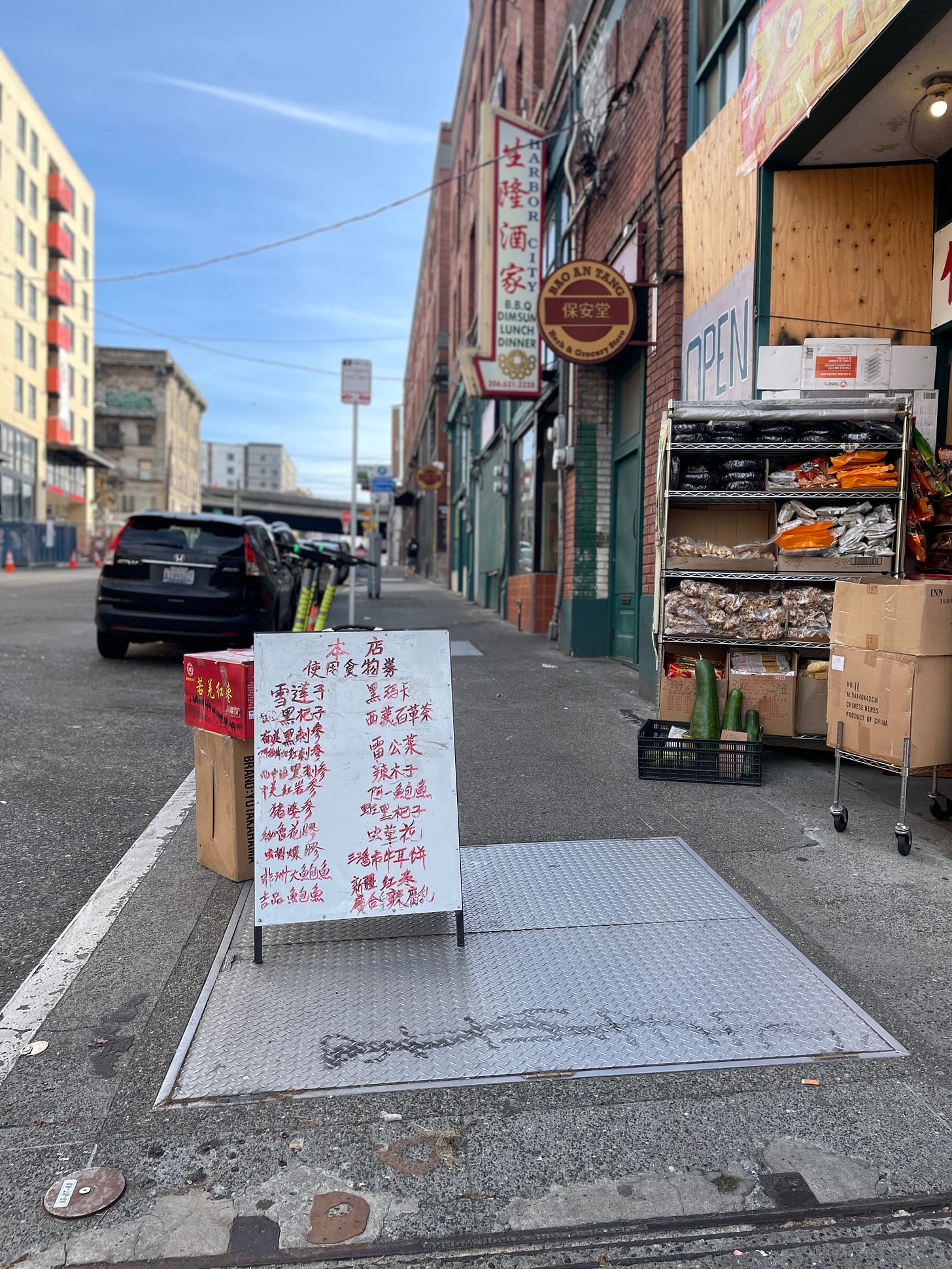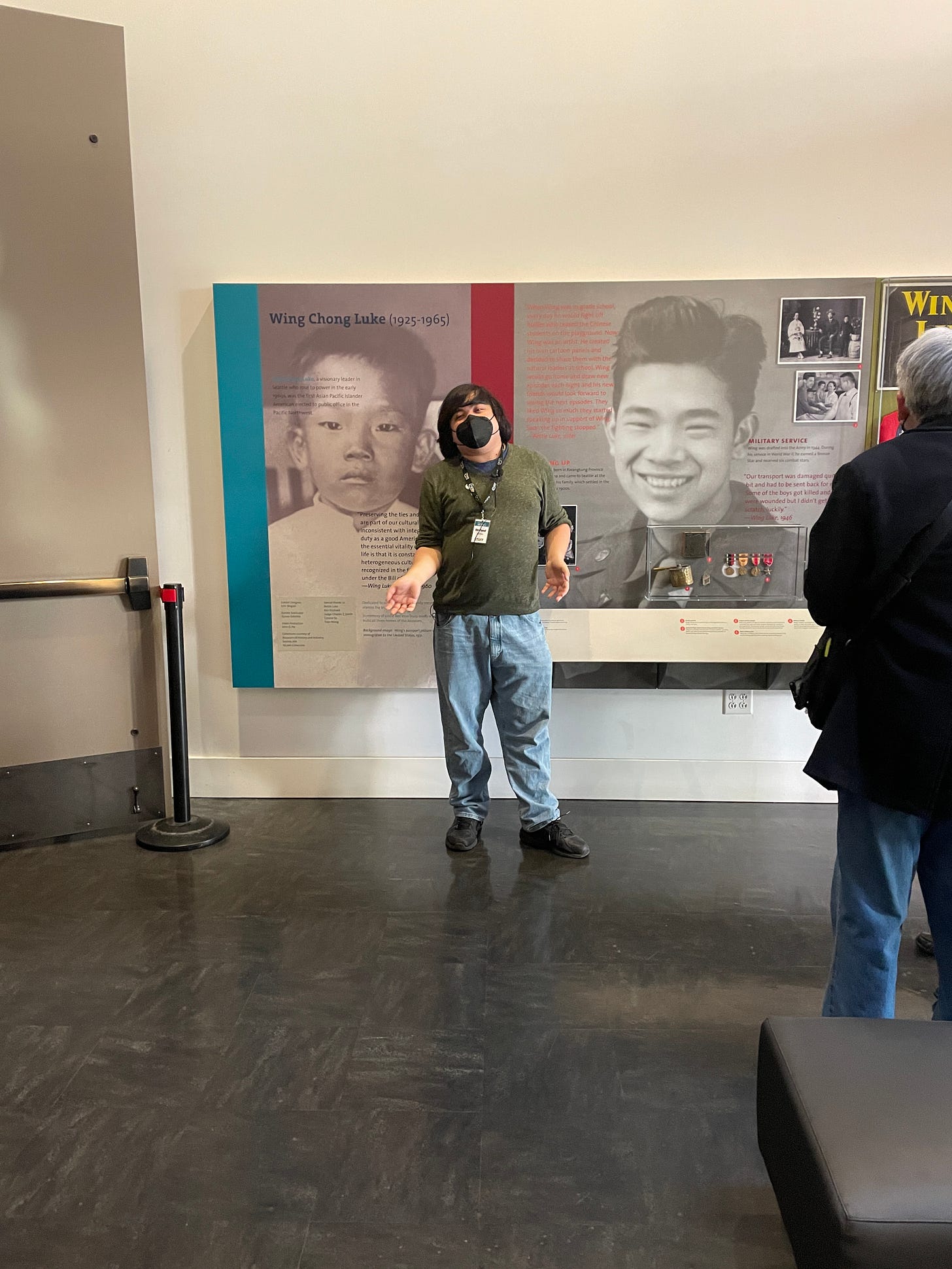1851 - 1907. After Seattle was founded, but before Pike Place Market.
* Note: the holidays are upon us and we’re in the final weeks of building a house, so my posts may not be as frequent going into the new year.
The walk from my loft at Second and James to Seattle’s International District is about 10 minutes, tops.
On Sunday morning I woke up, took a shower, donned Levi’s and suede boots, told Will I’d be back in a bit, then walked first to Hood Famous Bakeshop, a Filipino bakery that serves pandan lattes. Coffee in hand, I continued on my walk, turning left at Uwajimaya, heading east until I got to the Wing Luke Museum on South King Street.
Wing Luke was an assistant Attorney General in Washington state and later a Seattle City Councilman, the first Asian American to hold high office in the Pacific Northwest. Immigrating to the US from China to settle in Seattle when he was only six, he was a born leader, charming and affable. He became an activist and beloved local legend1, honored with a museum in his name. It is now a primary affiliate of the Smithsonian, a National Park Service Affiliated Area, and the only museum in the United States dedicated to the pan-Asian Pacific American experience.2
Chinese immigrants were the Emerald City’s first Asian residents, so exploring their history is crucial. Of Seattle’s original 1,000 residents at its founding in 1869, 33 were Chinese. By 1876, that number grew to approximately 200, with Japanese immigrants joining the city’s Asian population starting in the 1890s.3
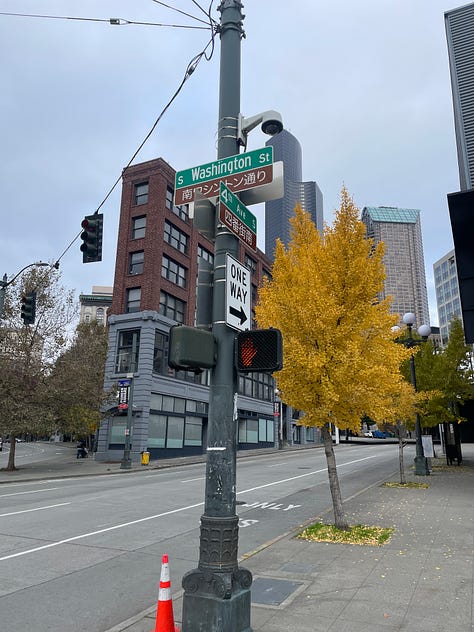
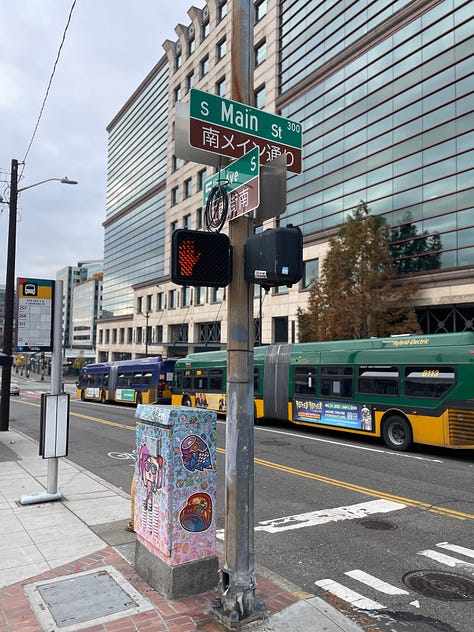
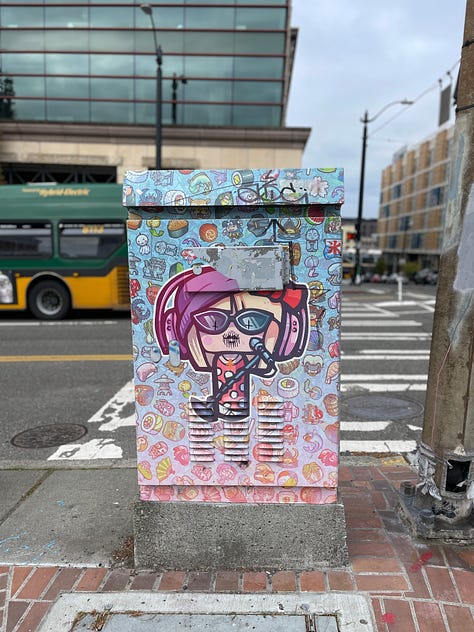
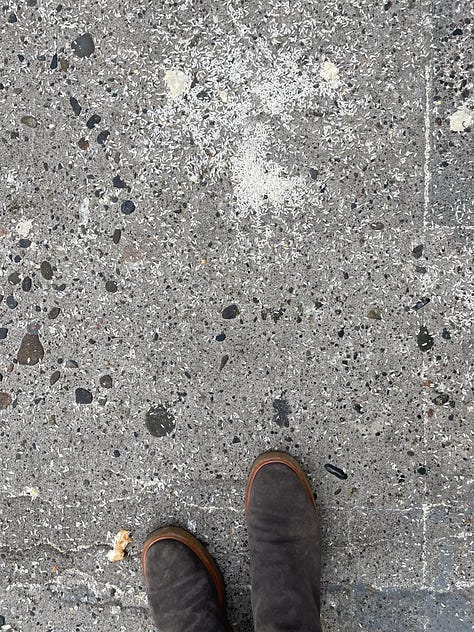
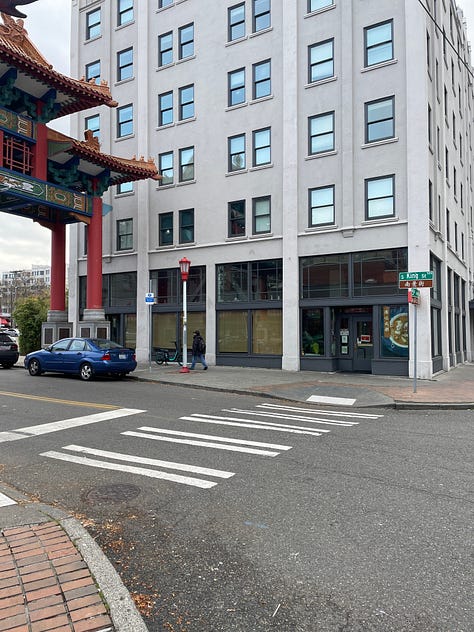
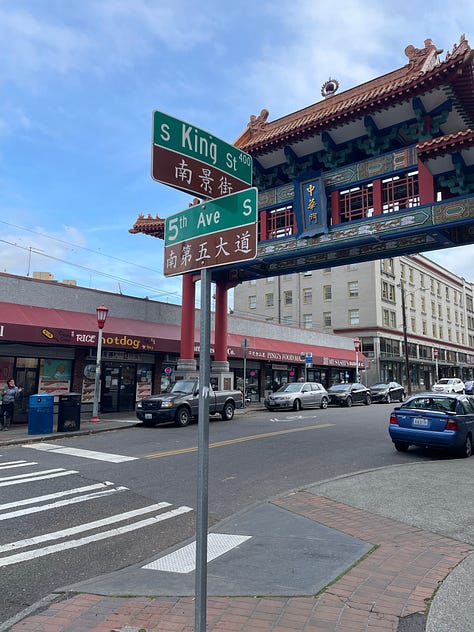
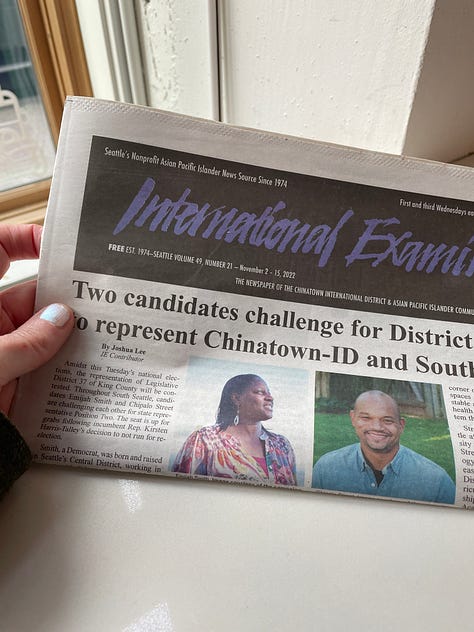
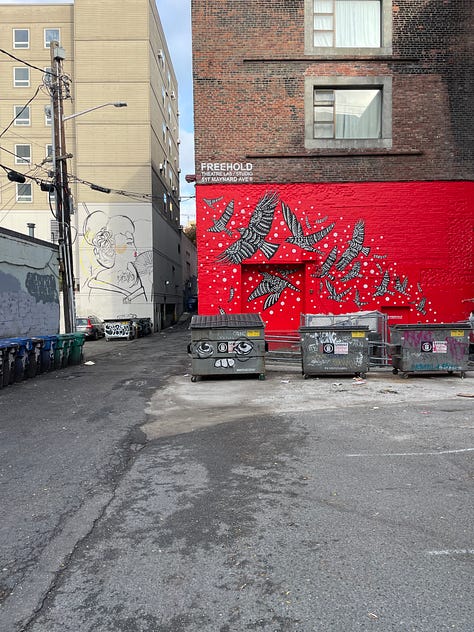
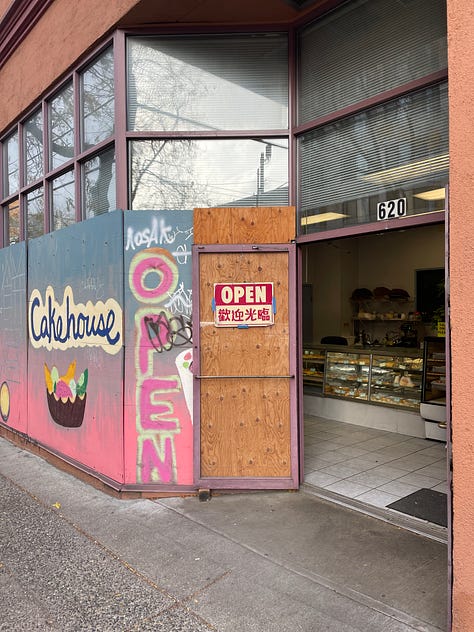
In trying to learn more about the influence of immigrant cuisine on Seattle’s culinary evolution, I’ve tapped into the city’s Asian history resources. This summer I went to the Asian Art Museum and yesterday, Wing Luke. The Wing Luke Museum proved far more fruitful in terms of culinary history. I already told you about Tai Tung4, the city’s oldest existing Chinese restaurant. But I also learned about Yick Fung Co., Seattle’s first Asian grocery store, founded by Mar Fook Hing and later operated by his son, Jimmy Mar:
In 1898 [M]ar Fook Hing, arrived in Port Townsend from China. He moved to Seattle in 1909 after hearing that a Chinatown was growing, and he opened the business a year later.
It was either in the humid fields of Toisan, his home in southern China, or in Seattle that he learned an important lesson, Jimmy Mar said. "It was to help everybody regardless if they're rich or poor and to treat everyone like family," he said.
The store grew to become a bustling community hub, where residents found hard-to-find items from Asia and swapped gossip. Restaurant cooks, who were particular, wanted to see food on display, which explains the store's layout with jars, bags and cans. Imported food was shipped to restaurants in Washington, Montana, Idaho and Oregon.
Jimmy Mar's uncles ran the China Cab Co., a cargo service and a barbershop -- all to help make life easier for Chinatown members. The store also became the agent for the Blue Funnel Line, a steamship company that brought Chinese to Seattle before World War II. Chinese sojourners, mainly men in their 60s who wanted to die in their birthplace, would stay in rooms above the Yick Fung Co. before boarding a ship for home. Each Sunday, a cook roasted two 50-pound pigs in the store's wood-burning brick oven. The meat would hang in the store's window, similar to what can be found in Chinatown today.5
Wow! I love learning stuff like this. I appreciate your going on this journey with me.
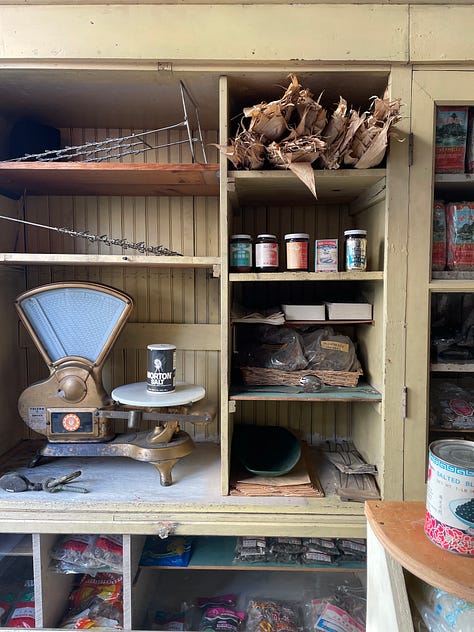
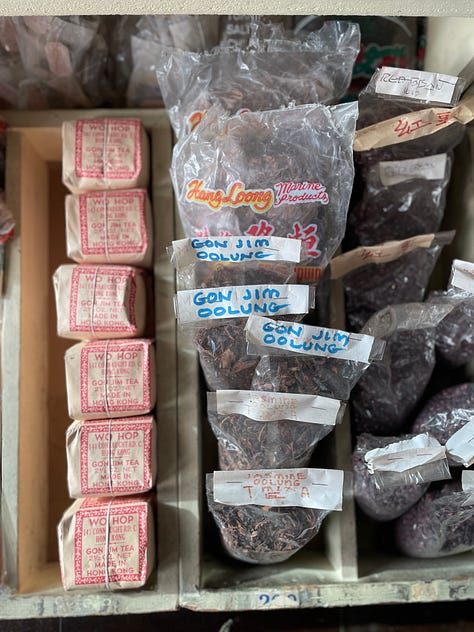
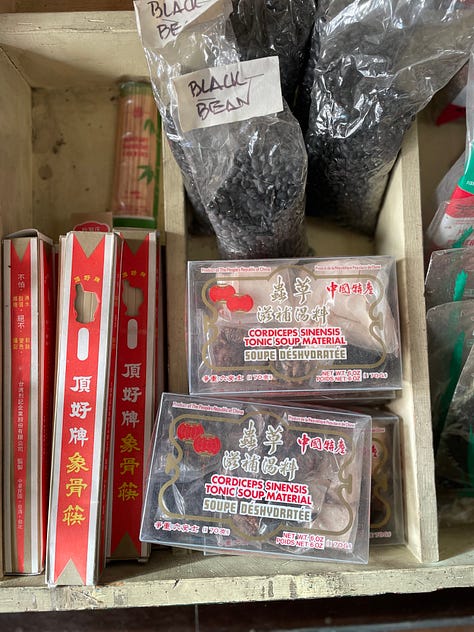
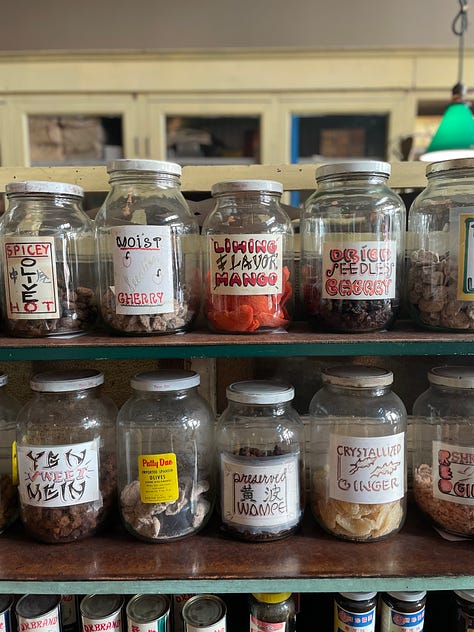
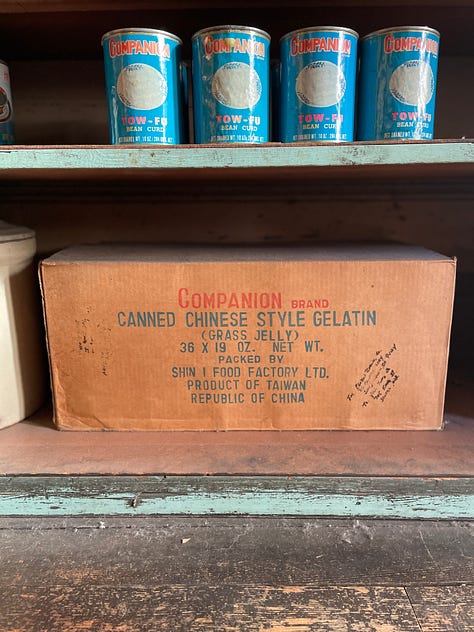
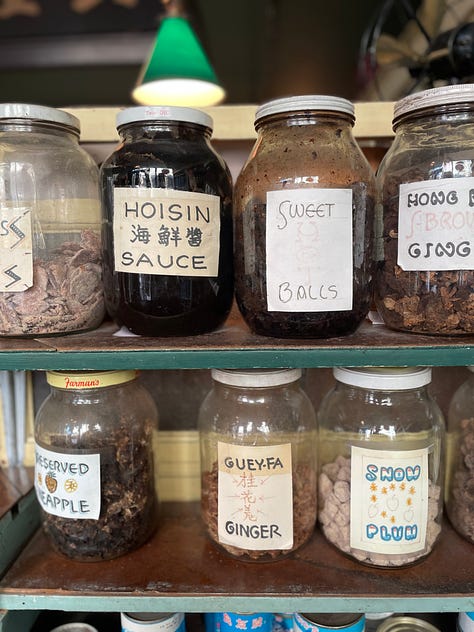
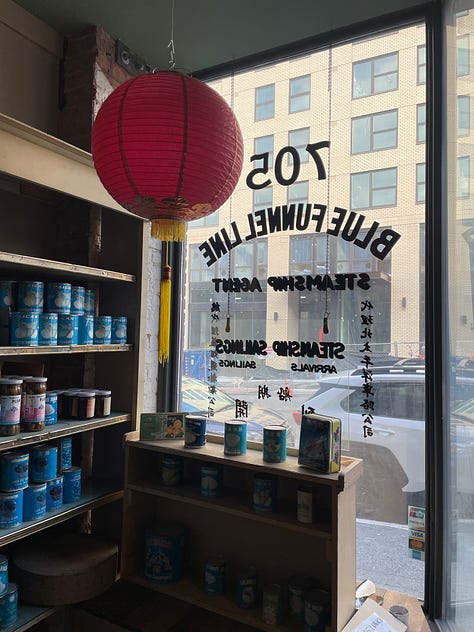
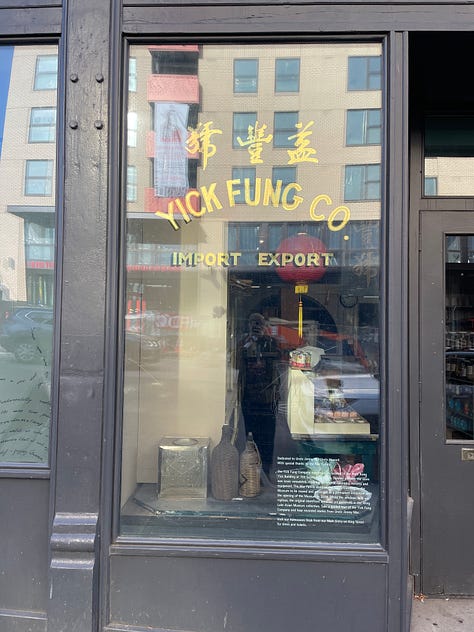
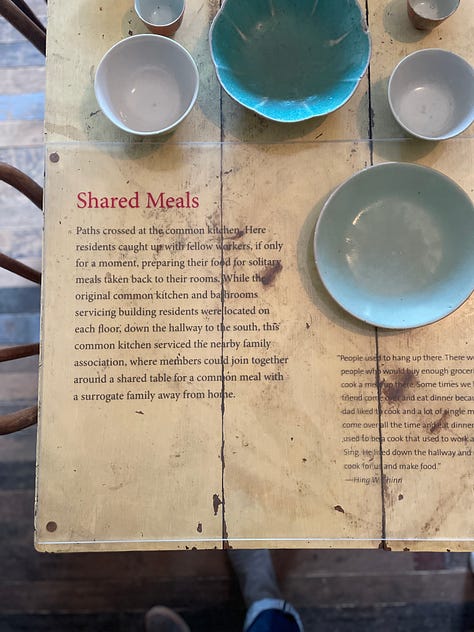
Next Up
On the tour with me at Wing Luke was an older Asian gentleman who recommended a couple of other museums in Seattle’s southern suburbs that I should check out. They delve into the history of the region’s Japanese farmers. I’ll also share a timeline of the staggered arrival of Seattle’s Asian populations. When they came here and why. #stopasianhate
Food is about dialogue. How many of you have been to the Wing Luke Museum? Or any other Asian museum in North America? What did you learn?
He went to Roosevelt High School, alma mater of my two children (!!).




